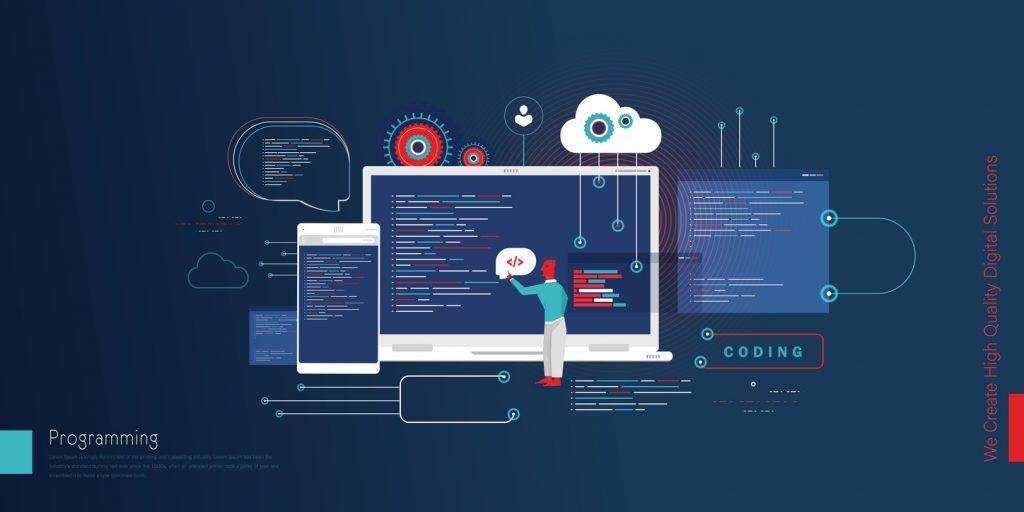Regression testing is a vital stage of development lifecycle. The process is frequently implemented when organizations want to scale their reach by integrating new code and capabilities within existing software. The objective is to ensure that the new features do not interrupt or derail functionality.
Despite the process’s widespread use, most people still fail to grasp the fundamentals of regression resting and how to go about it. In this article, we look at regression testing and some of its key benefits.
We also discuss why teams sometimes this process in software testing and why it’s important to integrate automation.
What Is Performance Regression Testing?
Performance regression testing entails the use of tests to analyze how software has been affected by code or program change. It allows companies to guarantee that no features or functionalities change.
There are five main categories summarized below:
Selective
The process involves only testing selected software units rather than focusing on the whole application. Selective testing enables organizations to analyze how new code impacts existing code by narrowing it down to a subcategory of existing test cases to minimize costs and total work done.
Partial
Partial regression testing occurs when developers look at how new changes affect the entire system. Organizations primarily investigate how the new functionalities interact with existing ones to guarantee that the system works as usual after new code has been added.
Complete
On its part, complete regression testing occurs when multiple changes have been effected to existing code. Developers regress the entire software system to ensure that the end user does not encounter any challenges when using the applications.
Corrective
Corrective regression testing also examines how new lines of code have impacted existing code by focusing on a subset of the original. The process is cost-effective, requires minimal effort, and is ideal when no changes to the code have been introduced.
Progressive
Finally, progressive regression testing also ensures that new changes have not affected the entire system. Like partial testing, this process is ideal during new test cases and when there are alterations in program specifications. It is important to note that the choice of methods depends on your organization’s needs. Businesses should identify the right approach to regression testing so that the process doesn’t affect team efforts in the short and long run. Another consideration is to use one of the top tools to reduce time and cost overruns.

Why Teams Often Skip Performance Regression Testing in Software Testing
Sometimes, development teams can fail to prioritize performance testing for various reasons, the most common being time constraints. Quality assurance becomes a foregone alternative when the software deployment date is near, meaning that users are forced to work with untested functionalities.
The second reason teams often skip performance regression testing in software testing is the absence of predetermined acceptance criteria. For example, when integrating updates to a B2B program, the development team may fail to develop performance requirements.
The logic here is that performance regression testing is seen as a non-important process, with deployment being the sole target. In most cases, such development teams are pushed into configuration and analysis after the software malfunctions.
It is nevertheless advisable to make performance testing a priority regardless of the overarching circumstances.
The Benefits of Performance Regression Testing
The following are some of the performance testing’s main advantages.
- Regression testing ensures quality. The process enables development teams to create and execute bug-free software for the end users.
- The process also enables businesses to recognize problems with the code that are causing software malfunctions. Through the process, organizations can avoid such mistakes in the future.
- This testing enhances functionality and software stability. As a result, customers are able to benefit from flawless applications of custom programs.
- Another benefit is the ability to save time. Companies also save resources used to pay for reactive correction.
- The tests used in performance regression testing are reusable, meaning that companies can execute them during upcoming sprint cycles. Therefore, the process helps augment the return on investment (ROI).
Why It Is Important to Use Automated Regression Testing
In order to expand the efficiency of performance regression testing, development teams can leverage automated methods. A key point to note is that automated testing ensures that software functionality remains normal even after new code, features, or improvements have been integrated.
Automated testing enables development teams to automate workflows, scripts, and plans. This means that development teams can cover numerous workflows during testing. For example, developers can examine the code to ensure that compiling has appropriately integrated following an update. Development teams can also recognize functional errors and test each workflow process.
The main upside to the automation of performance regression testing lies in the ability to produce multiple tests. As your development team looks for potential problems with the code, automation delivers many tests that ease the process for you.
You can then use the automatically-generated tests as the reference point when finding future regression errors. Consequently, the regular application of these tests helps save time for alternative development activities.
Conclusion
Performance regression testing, primarily through automation, enables organizations to analyze how software has been affected by code or program change. The process ensures that you are better placed to certify that no features or functionalities have been affected by such modifications.
Development teams can leverage five main subcategories of performance regression testing: selective, partial, complete, corrective, and progressive. Companies should apply either of the five depending on immediate needs and preferences. The goal is to avoid the rolling out of the software with untested functionalities to the end user.
Organizations that wish to Remove Regression Testing as an Event can try out TestBrain. TestBrain is a plug-in risk-based testing tool that helps you achieve your shift-left strategy through automation. Bring your Overnight Tests into the Daily build through automatic Risk Based Testing.
